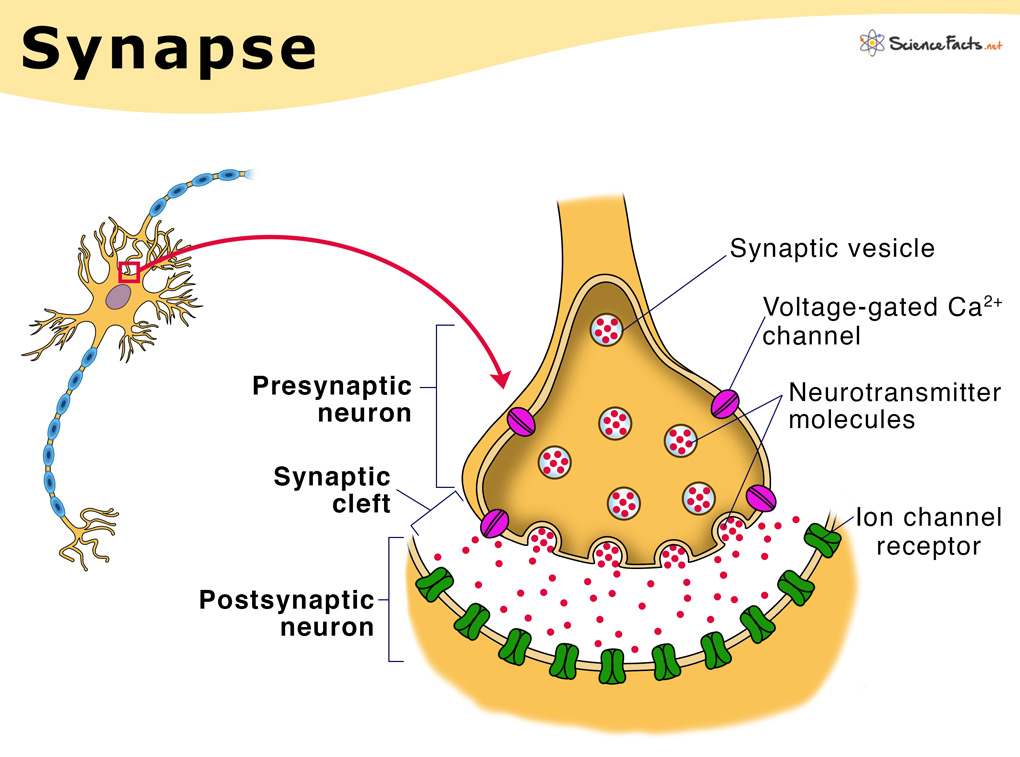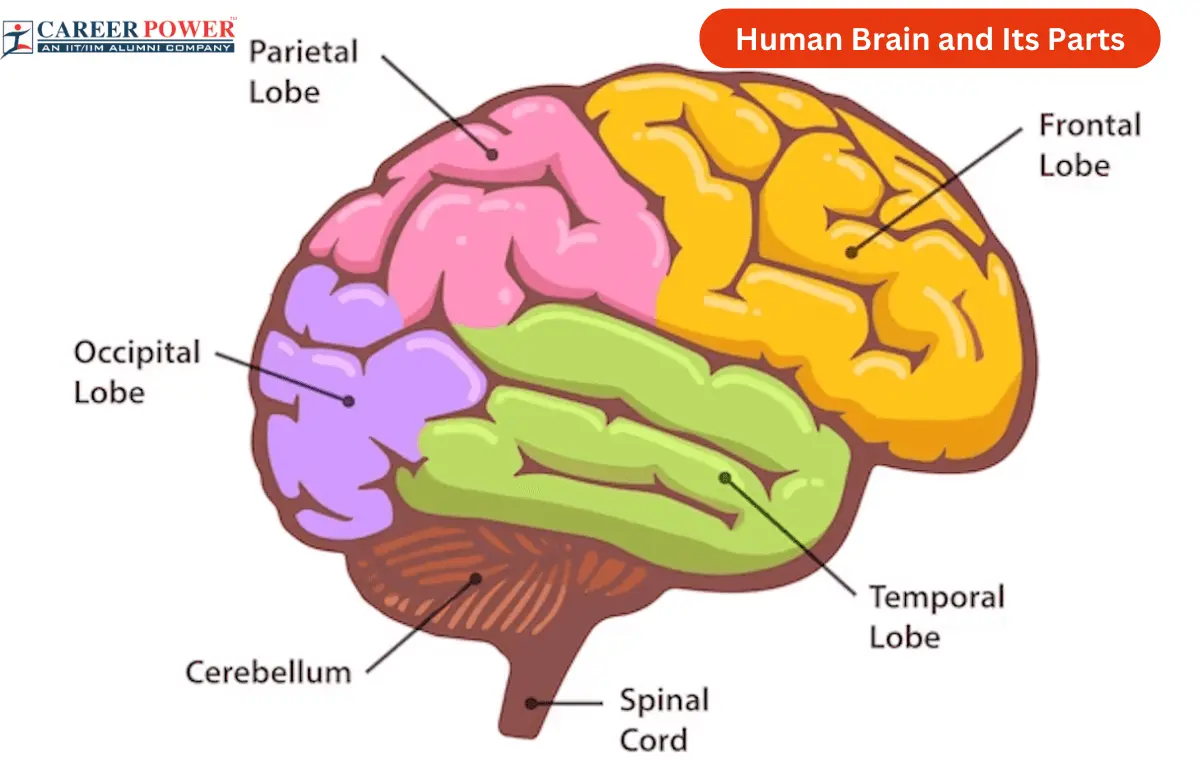Responding and Controlling - 92%
Stimuli Response Model
What is the Stimuli-Response Model - The Stimuli response model is used to keep internal conditions regulated and constant. This balance is known as homeostasis, and to maintain homeostasis we use the stimuli response
Homeostasis - The regulation of internal conditions with the body to a constant rate, such as breathing or body temperature, following the body to function.
The stimuli-response model is made up of two key parts:
Stimuli - An event/action which triggers a response, both internally or externally
Receptor - Converts the external stimuli into an electrical signal.
Effector - A muscle or gland which comes into action to respond to a stimuli
Response - A response is a change activity of a living thing, primarily due to the presence of a stimuli
Neuron Parts and Structure
Definition: A neuron is a type of cell found in the body that receive and transmit nerve impulses in both physical and electrical form.
Above is a diagram of a neuron, which has many key features to aid the process of nerve impulses around the body.
Neuron Key Parts and Features
Dendrite: The dendrites are the branching filaments that conduct nerves impulses towards the cell. Nerve transmission starts in the dendrites, where neurotransmitters attach to the branch filaments. They serve as a “starting point” for electrical transmission
Axon: The axon is the long fiber that carries nerve impulses through the cell.
Axon Terminal: The axon terminal is located at the end of the neuron, which produces neurotransmitters, allowing nerve impulses to across from neuron to neuron
Schwann Cell: The Schwann Cell is located along the axon, which produces a fatty material called myelin sheath, allowing the process of nerve impulses to speed up.
Three Types of Neurons
There are three main types of neurons: Sensory, Relay/Inter, and Motor.
Sensory Neuron: The sensory receptor transfers information from a sense receptor to the CNS.
Relay Neuron: The nerve cell which transmits information from the sensory neuron the the motor neuron
Motor Neuron: Transmits nerve impulses form the CNS to a muscle or gland to respond to the external stimuli
The Synapse
Synapse: The Synapse is the places where the end of one neuron connects to another. The synapse the the connections between the axon terminal of the pre synaptic neuron and the dendrite of the post synaptic neuron. Neurotransmitters jump across the synaptic cleft, transmitting the nerve impulse
What is a neurotransmitter? A neurotransmitter is a chemical secreted by the axon terminal, which transmits nerve impulses from one neuron to another. This allows the transmission of nerve particles to be more efficient.

Brain
The brain is the control center of the body, which allows to body to operate all body functions, such as walking, talking and breathing. divided into four different lobes, each with specific function which help the body the operate.

Key Parts of the Brain
Frontal Lobe: The frontal lobe is located in the front of the brain, and is tasked with memory storage, language learning, planning, problem solving, and voluntary movement.
Temporal Lobe: There are two temporal lobes in the brain, both left and right. The are able to process auditory information, playing a very important role in speech and language.
Occipital Lobe: The occipital lobe is located in the very back of the brain, which helps to process visual information.
Parietal Lobe: The Parietal Lobe is located on the top of the brain, which interpret sensory information, skin in particular.
Cerebellum: The cerebellum is known as the ‘mini brain’, located at the bottom of the brain. It control posture, balance and co-ordination.
Brainstem: The brainstem is connected to the spinal cord which processes non conscious/involuntary functions, which the body needs to survive. This includes breathing and body temperature.
Plasticity/Pruning
Neural Plasticity is the process of improving pathways after doing something over and over again, as neural pathways get stronger and better
Neural Pruning is the process of getting rid of old pathways by not doing things for a very long time.
Lines of Defence
There are 3 key levels of the lines of defense, all which help and keep the body healthy.
First Line: The First line of defence is to not allow pathogens to enter the body. Their role is to entrap and kill most pathogens and include skin, mucus, stomach acid, and cilia. The first line of defence is non specific, meaning that all bodies apply the same steps to get rid of pathogens
Second Line: The second line is also known as the inflammatory response. White blood cells go into infected tissues and begin to destroy the pathogen. This is why inflammation occurs. The body also heats up its temperature so that white blood cells can work more effectively. Phagocytes, special white blood cells, engulf and destroy pathogens. There are several types of phagocytes, most notably macrophages and neutrophils. The second line of dense is also non specific
Third Line: The third line of defence is also known as the immune response, and involves specialised white blood cells which specifically attack the pathogen. T Cells or lymphocytes search for antigens on the pathogens, a detector in whether the pathogen is external or not. B Cells produce antibodies, which bind onto antigens, inactivating the pathogen, and marking them for other white blood cells such as phagocytes to destroy them. B Cells produce a different antibody for each different pathogen, making the third line specific. Because B-Cells know how to produce the antibodies for that pathogen, recovery for an infection of the same pathogen will be much fast and less severe.